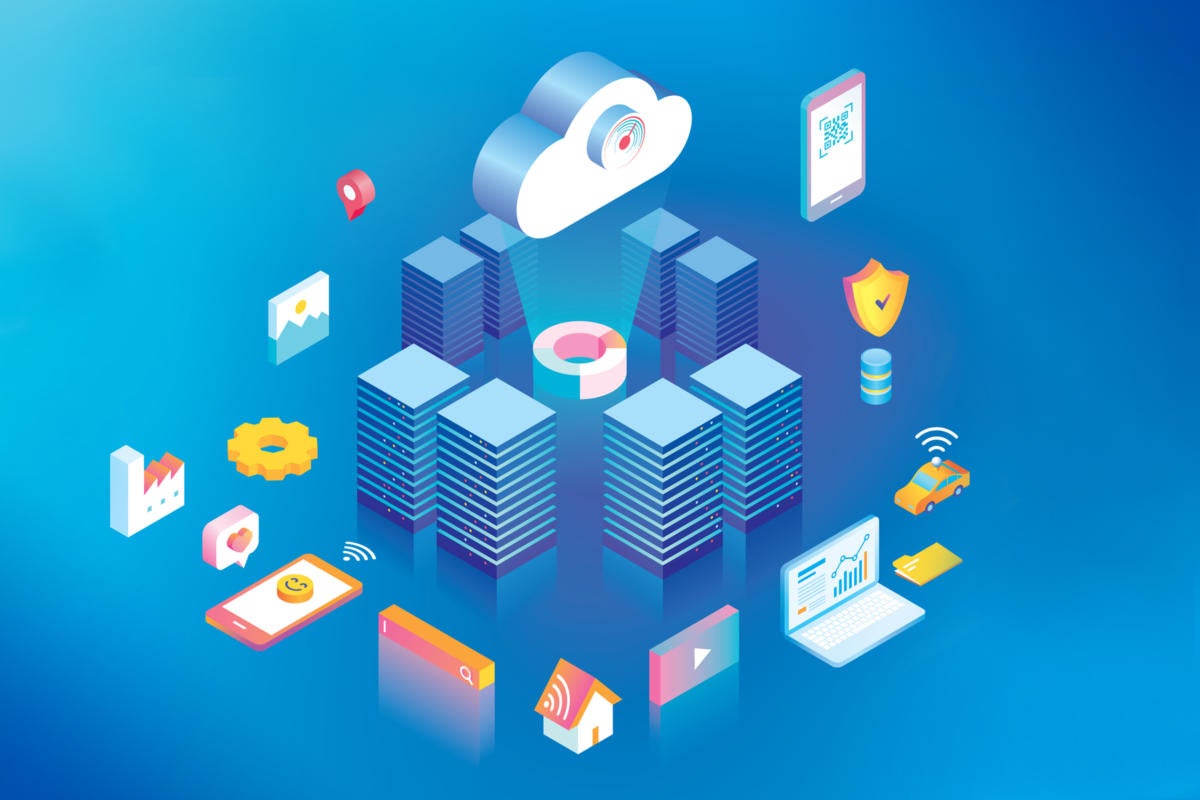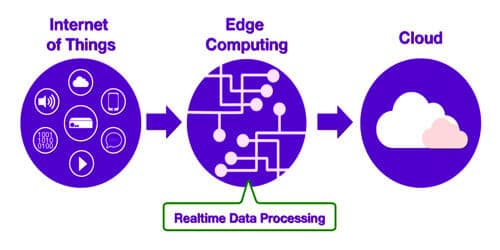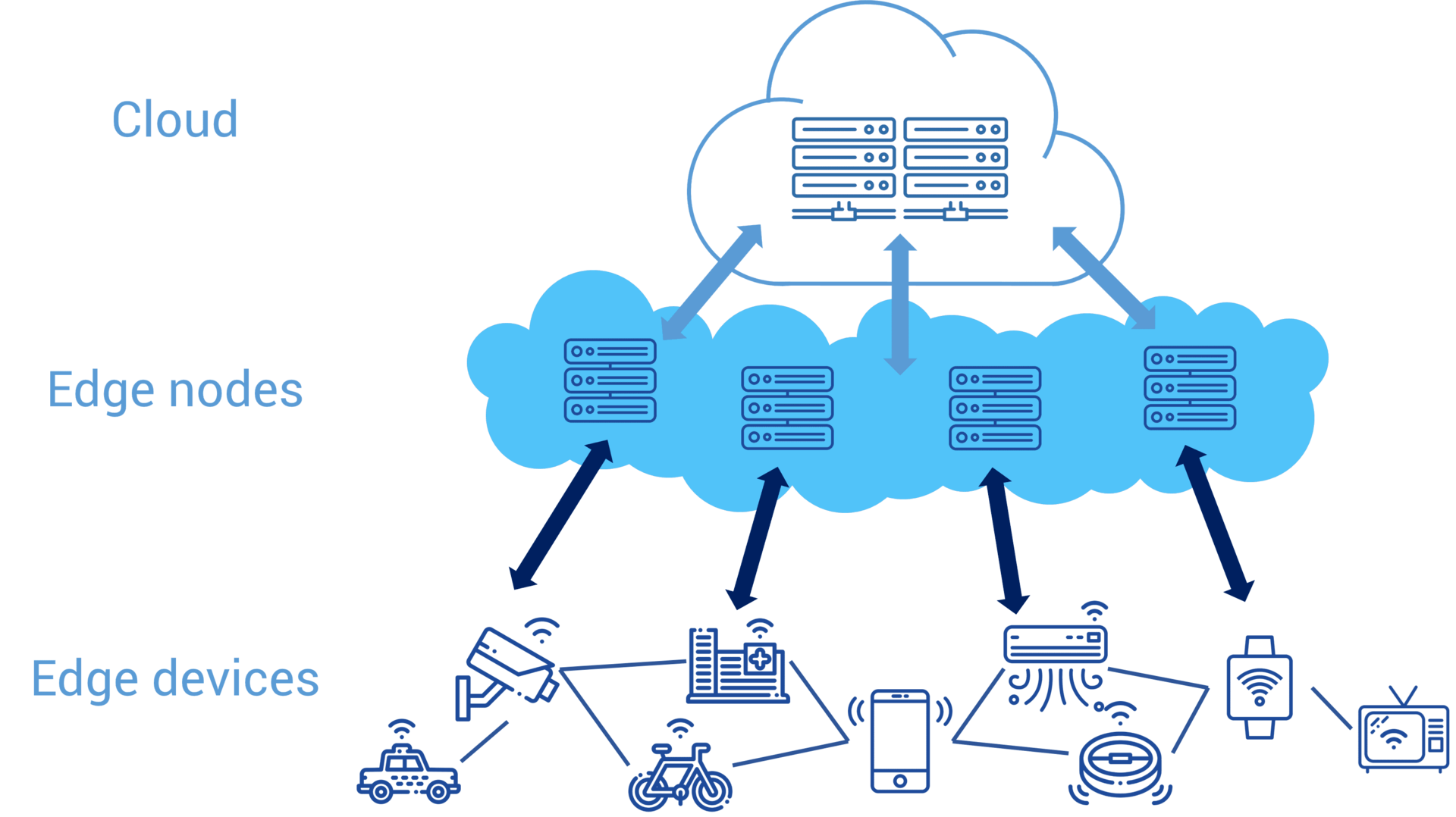edge computing big data

In recent years, we have seen the growth of advanced technologies, such as edge computing and 5G, which are transforming the way businesses and individuals carry out their daily activities. For instance, edge computing has become increasingly popular due to its ability to provide fast and efficient data processing capabilities. Meanwhile, 5G networks are enabling faster and more reliable communication, thereby making it vital for businesses to invest in this technology.
Edge Computing as a Service and 5G
Edge computing is a technology that enables computation to be performed at the edge of the network, thereby reducing latency and improving application performance. With the growth of the Internet of Things (IoT) and other advanced technologies, there is a need for reliable and efficient computing solutions. As such, we expect that the edge computing market will continue to grow in the coming years, with the market projected to be worth approximately $7 billion by 2024.
One of the key factors expected to drive the growth of edge computing is the deployment of 5G networks. 5G networks will enable faster and more efficient data transfer, thereby making it possible for data to be processed closer to the source. Additionally, 5G networks are expected to support a broader range of devices and applications, including those that require low latency and high reliability. With all these benefits, we expect edge computing to become increasingly important in supporting 5G networks.
The Benefits of Edge Computing
Edge computing is fast becoming popular due to its numerous benefits. Some of the main benefits of edge computing include:
1. Reduced Latency
With traditional cloud computing, data is processed in a centralized location before being sent back to the user. This can result in significant latency, particularly when dealing with large amounts of data. Edge computing, on the other hand, enables data to be processed locally, thereby reducing the time it takes to receive results. As a result, edge computing is particularly useful in real-time applications, such as video streaming or gaming, where even small delays can be noticeable.
2. Improved Security
Another major advantage of edge computing is the improved security it provides. With edge computing, data is processed locally, meaning that sensitive data does not have to travel over long distances. This reduces the risk of data breaches and hacking attempts. Additionally, edge computing enables businesses to implement advanced security measures, such as encryption and access controls.
3. Scalability
Edge computing enables businesses to scale their computing resources according to their needs. By deploying edge devices in remote locations, businesses can reduce the burden on their centralized computing resources, thereby increasing efficiency and reducing costs.
Applications of Edge Computing
Edge computing has numerous applications across various industries. Some of the key applications of edge computing include:
1. IoT
One of the key applications of edge computing is in IoT. The deployment of edge devices in IoT applications enables data to be processed locally, thereby reducing latency and improving application performance. Additionally, edge computing can help to reduce the amount of data that needs to be transmitted, thereby reducing network congestion and improving network efficiency.
2. Healthcare
Edge computing is also becoming increasingly popular in healthcare. By deploying edge devices in hospitals and health clinics, medical professionals can easily access patient data from remote locations. Additionally, edge computing can enable medical devices to communicate with each other in real-time, thereby improving patient care.
3. Manufacturing
Edge computing has also found applications in manufacturing. By deploying edge devices on factory floors, businesses can monitor and analyze production processes in real-time, thereby enabling them to quickly respond to any issues that arise. This can help to reduce downtime and improve efficiency.
The Future of Edge Computing
Edge computing is still a relatively new technology, but we expect it to grow in popularity in the coming years. With the growth of 5G networks and the increasing demand for real-time applications, we anticipate that the edge computing market will continue to grow. Additionally, edge computing is expected to enable businesses to implement more advanced technologies, such as artificial intelligence and machine learning.
As edge computing becomes more prevalent, we expect that it will become increasingly important for businesses to invest in this technology. By deploying edge devices in remote locations, businesses can improve efficiency, reduce latency, and improve application performance. Additionally, edge computing can help businesses to improve their security measures, thereby reducing the risk of data breaches and other cyber-attacks.
Conclusion
Edge computing is a rapidly evolving technology that has numerous applications across various industries. With the growth of 5G networks and the increasing demand for real-time applications, we expect that edge computing will continue to grow in popularity in the coming years. Additionally, as businesses continue to invest in advanced technologies, such as machine learning and artificial intelligence, we expect that edge computing will become increasingly important in supporting these technologies.
Therefore, businesses that are looking to stay ahead of the curve should consider investing in edge computing. By doing so, they can improve efficiency, reduce latency, and improve application performance, while also enhancing their security measures.

Source image : www.idginsiderpro.com

Source image : qsstudy.com

Source image : www.notebookcheck.net


